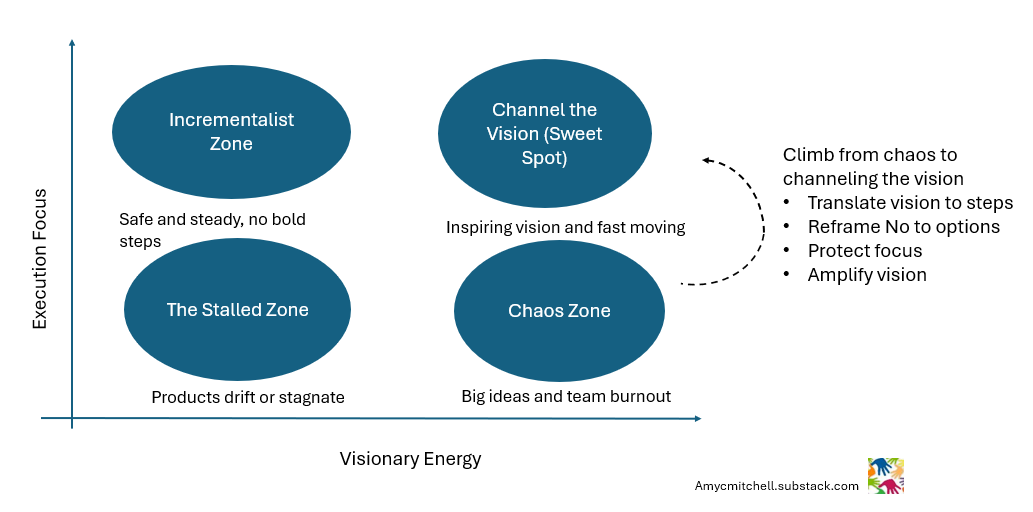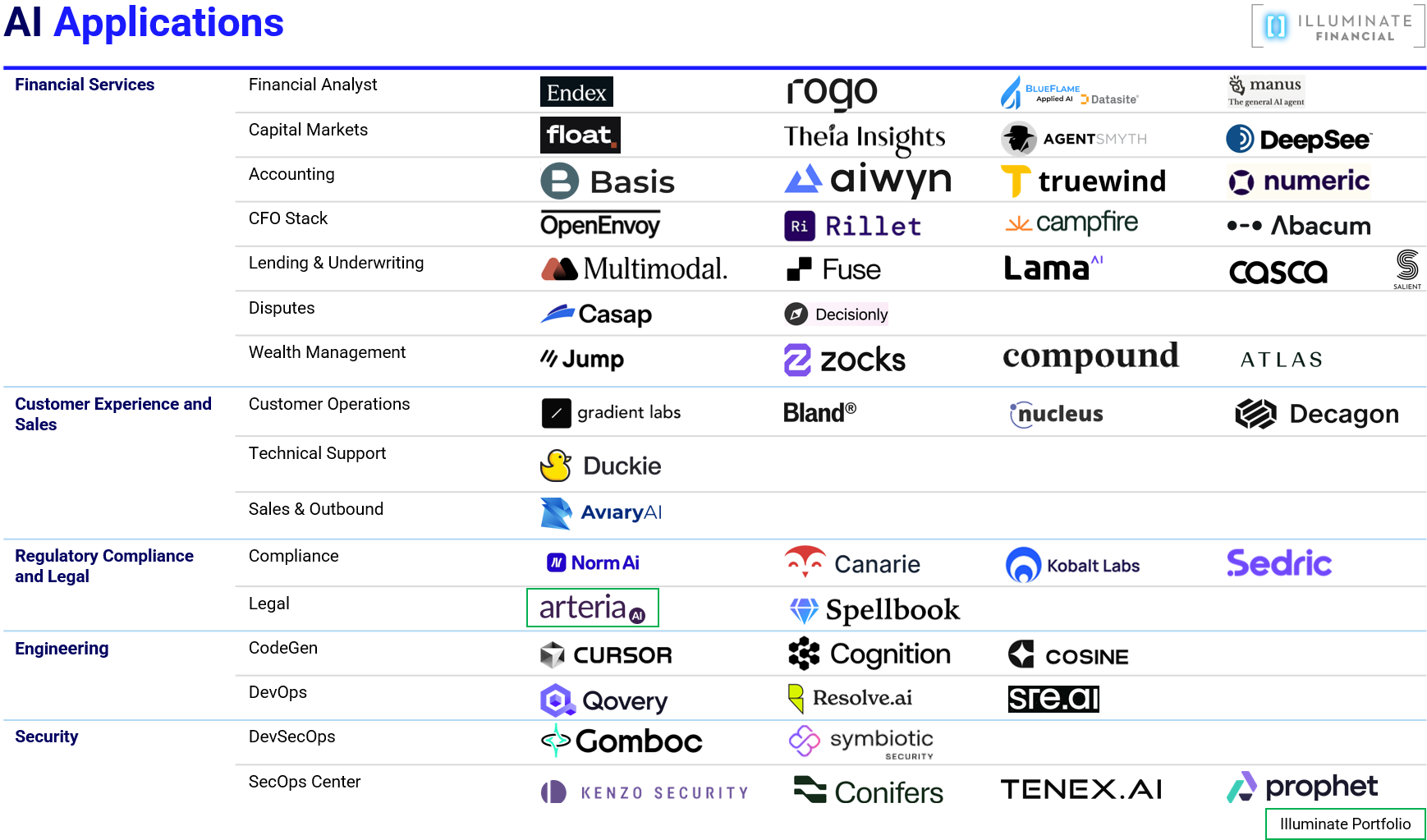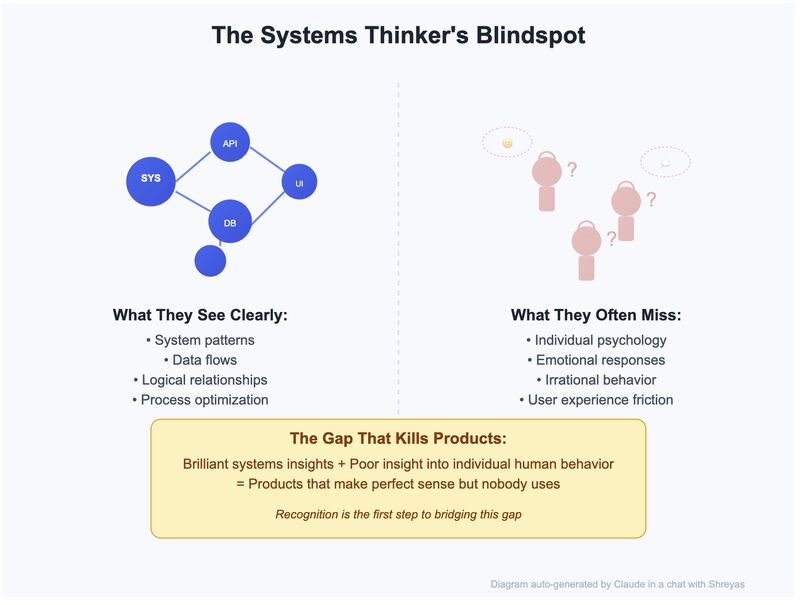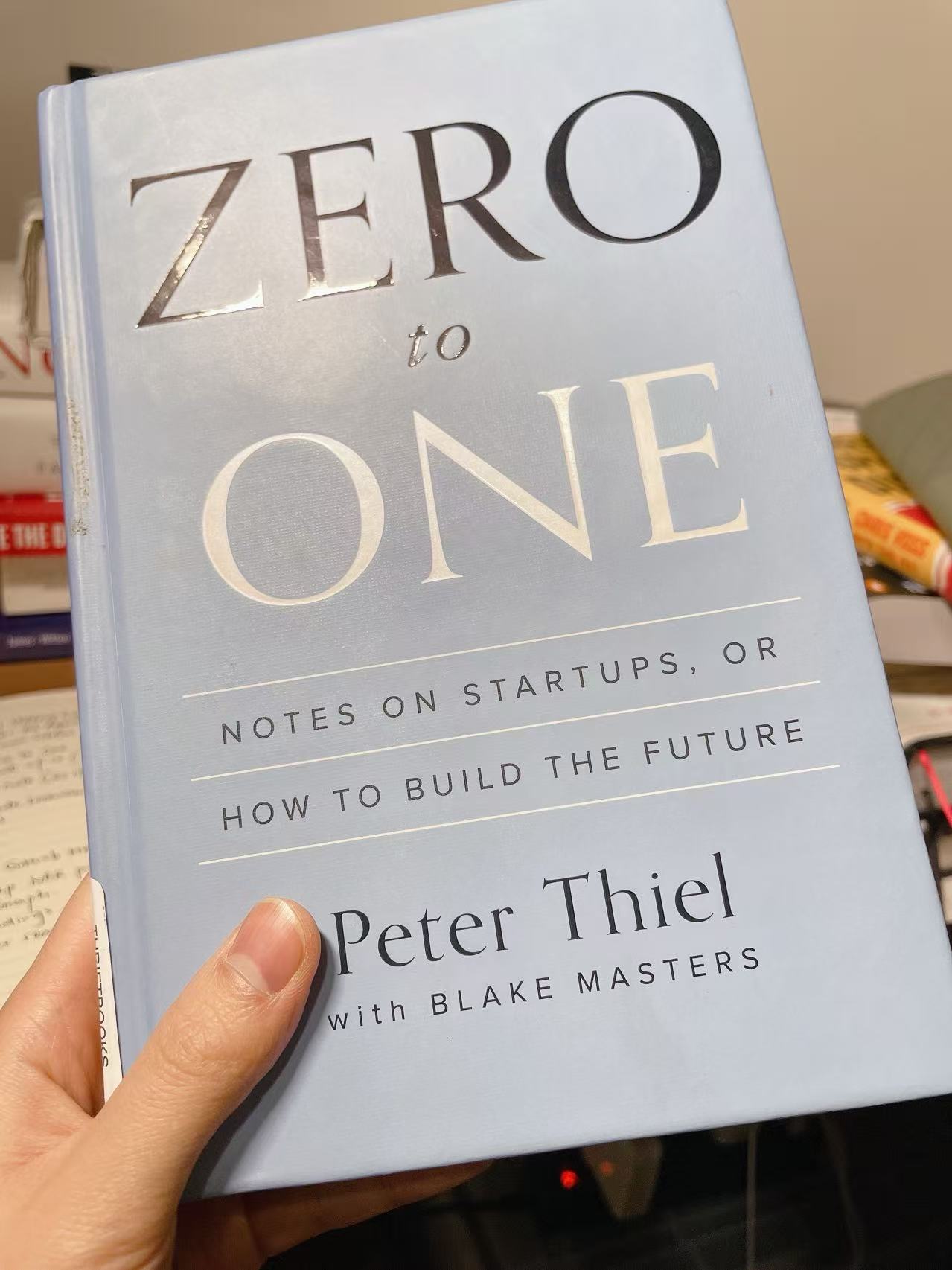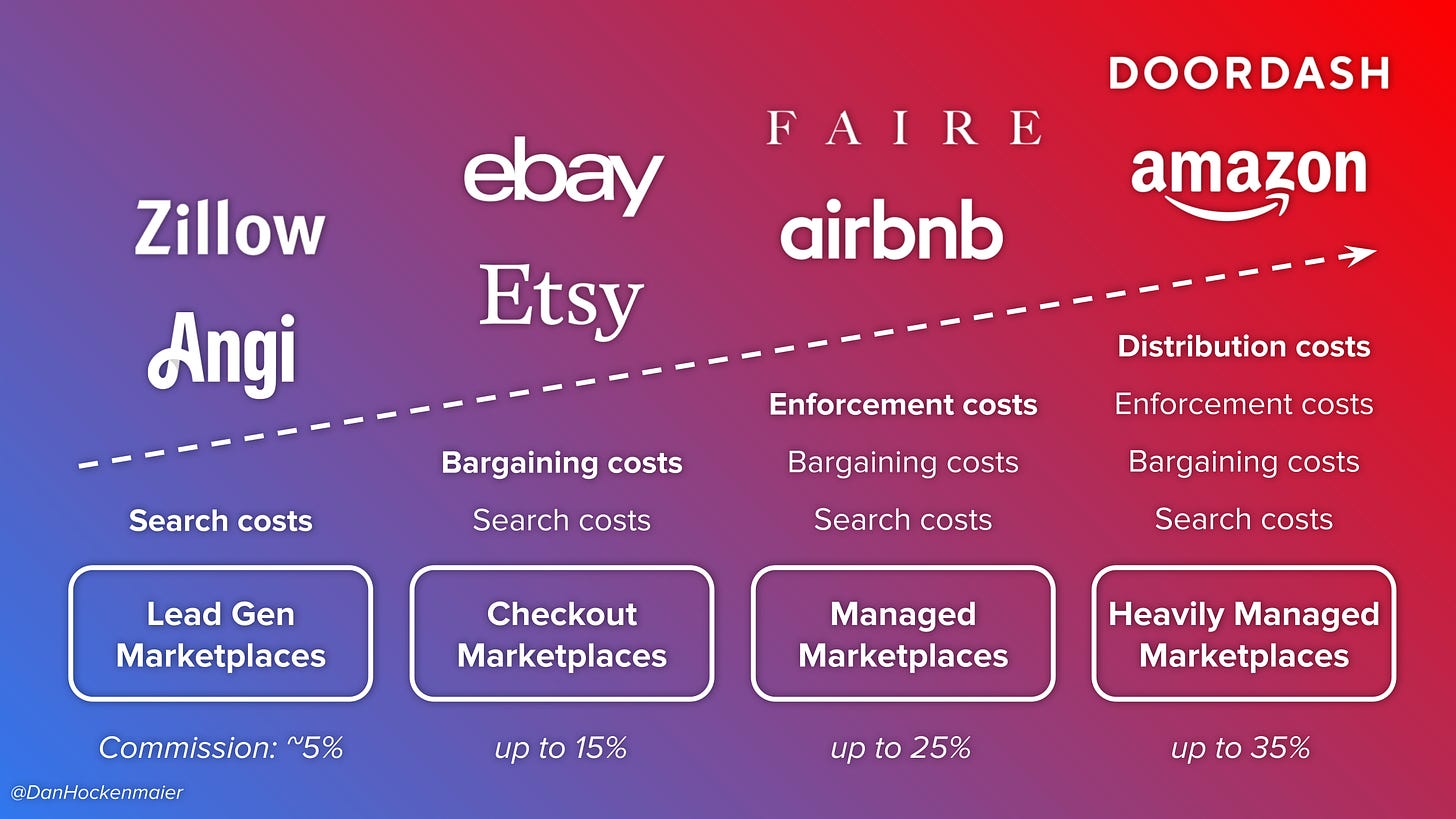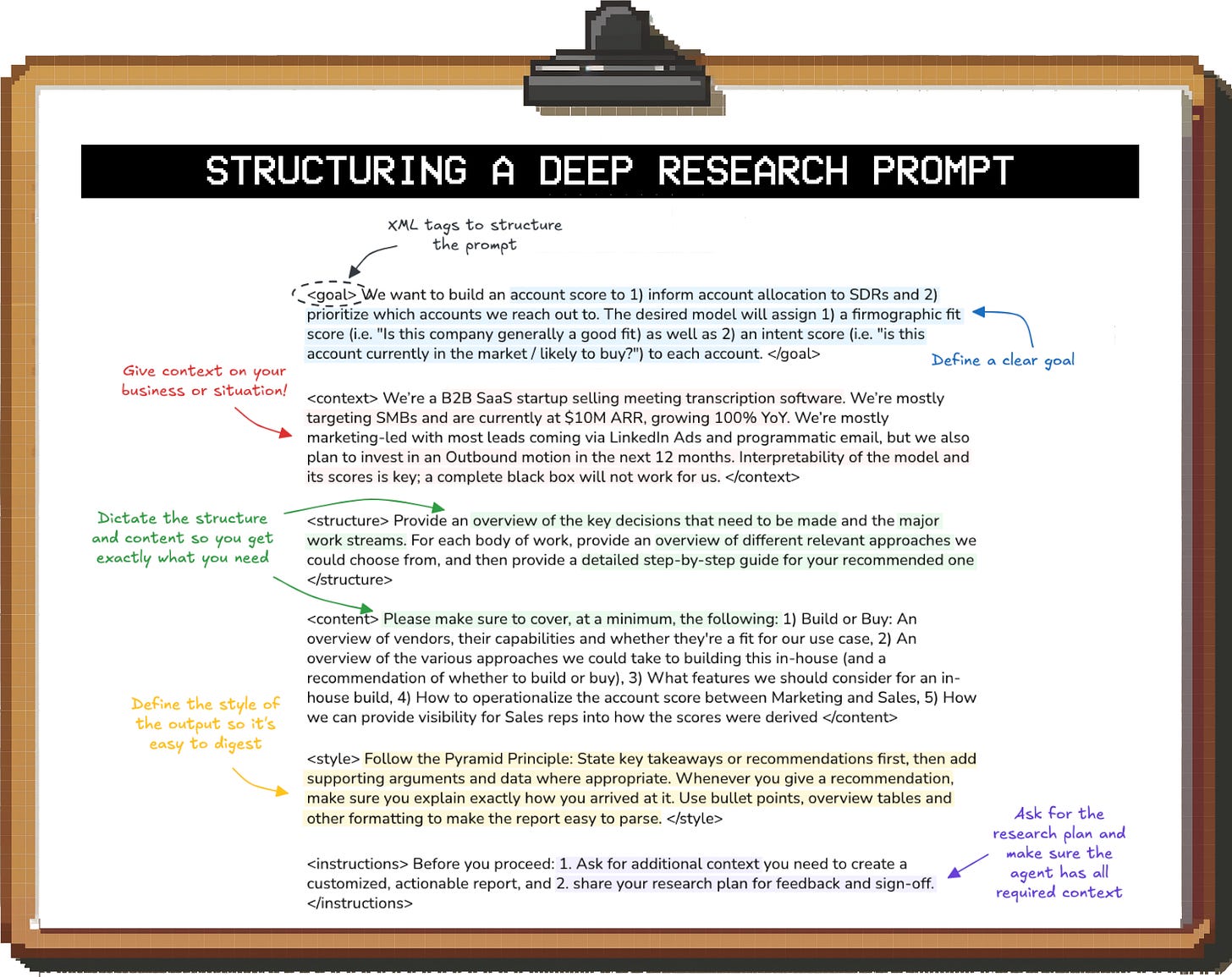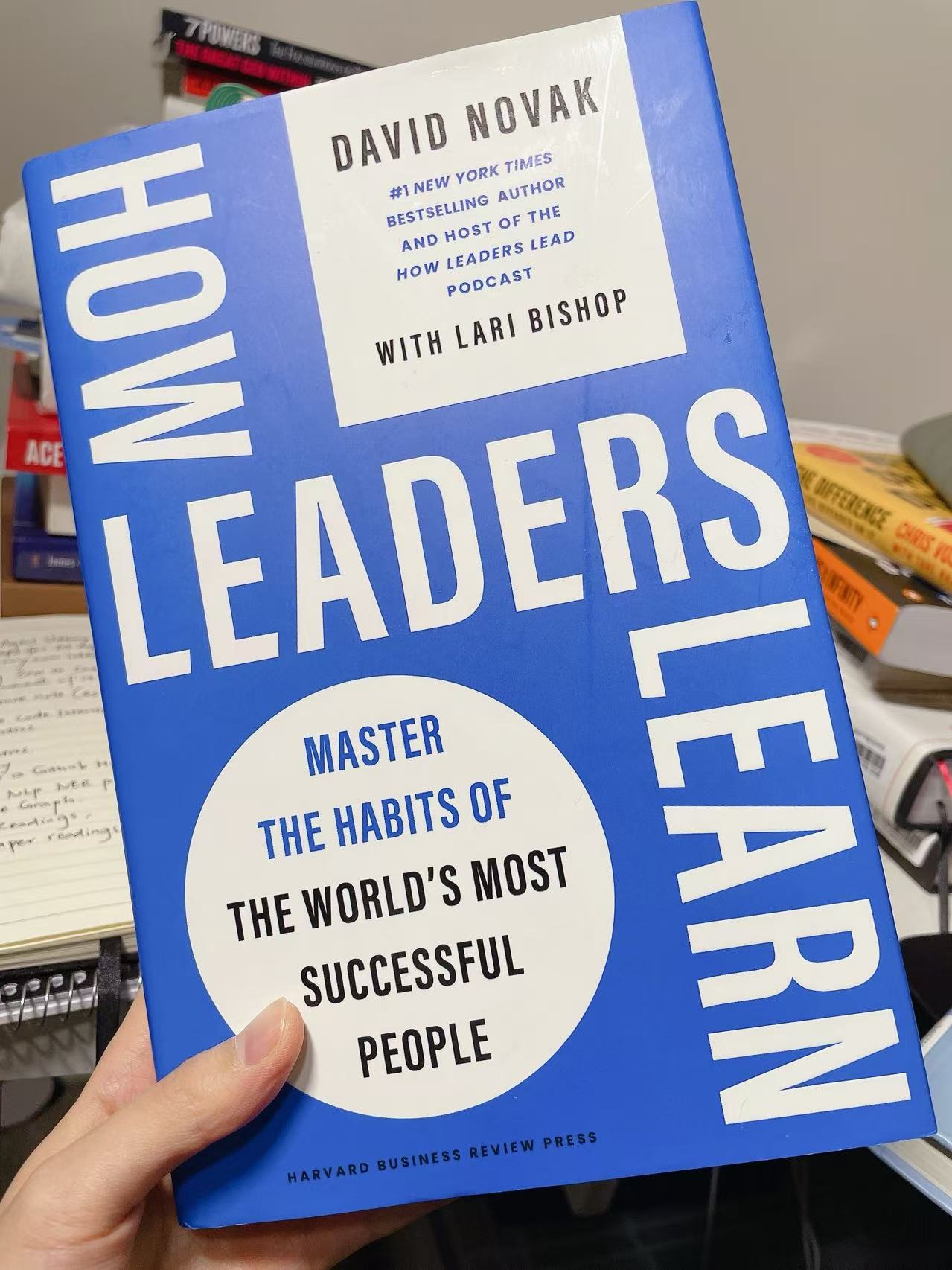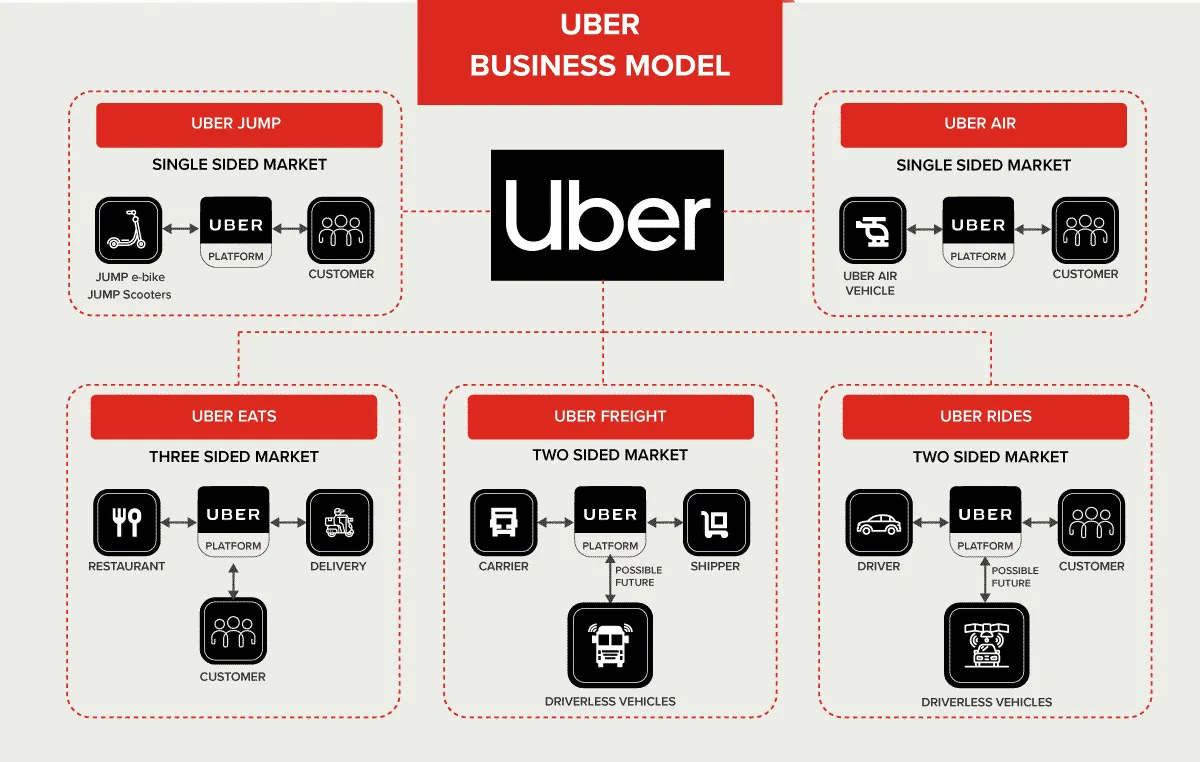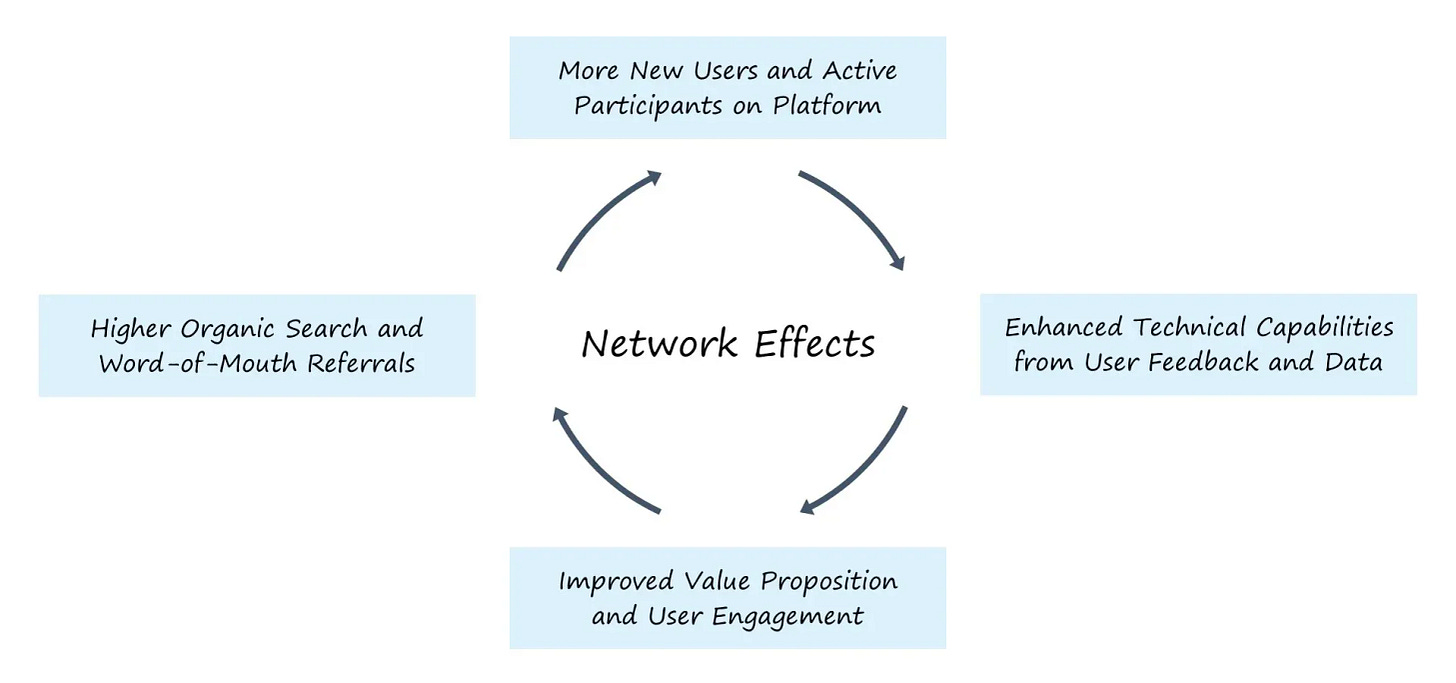2025 October - What I Have Read
Articles and Blogs
Everything About Transformers - Krupa Dave [Link]
Lean Strategy Making, Standardizing your company’s approach can pay off. Here’s how. - Michael Mankins, Harvard Business Review [Link]
The essential approach to effectively implementing and sustaining a lean strategy involves three stages. By adopting this rigorous, standardized approach to strategy, leading companies are able to reduce waste, move faster, make wiser choices, and gain a competitive edge.
Setting Strategic Priorities: This initial stage focuses on defining the company’s direction and identifying the most critical issues to address.
Articulate Performance Ambition: Lean strategy begins with articulating or revising a multiyear performance ambition, which encompasses both financial goals (e.g., revenue, profit) and strategic goals (e.g., market-share growth, customer satisfaction). This ambition is aspirational—realistic yet beyond the reach of the current strategy—designed to motivate leaders to surface breakthrough ideas.
Compare to Multiyear Outlook (MYO): The ambition is compared against the multiyear outlook (MYO), which projects future performance based only on decisions and resource commitments already made. The MYO is not a plan or forecast; it captures the likely trajectory if current strategies remain unchanged and often depicts a deteriorating competitive position.
Identify the Gap and Strategic Backlog: There should be a sizable gap between the ambition and the MYO; if not, the ambition should be revised upward. This gap is closed by addressing issues on the strategic backlog, a document capturing the company’s highest-priority strategic, operational, organizational, and financial challenges.
Prioritize and Frame Issues: Issues on the backlog are prioritized based on value at stake (economic impact) and urgency/critical path. They must be described in careful detail and tied to one or more specific decisions that must be made to resolve the challenge.
Establish a Decision Calendar: The final step is to create a decision calendar, which outlines when each item on the backlog will be addressed, establishing a steady cadence or “drumbeat” of decision-making.
Tackling Priorities in an Ongoing Fashion: Once priorities are set, the organization engages in a continuous process of decision-making, which follows a standard, two-session process for each item on the backlog.
Facts and Alternatives Session: In this session, leadership works to fully understand the issue, identify its underlying causes, and develop a comprehensive set of viable options. It is critical to gather facts that reveal the true reasons for underperformance, avoiding the trap of only treating symptoms. Companies must consistently explore multiple strong alternatives and should avoid presenting false choices (like options too extreme or too weak). Successful companies standardize the criteria for assessing these alternatives.
Choices and Commitments Session: Here, leadership reviews the alternatives, uses agreed-upon criteria to select the best one, defines performance milestones, and identifies required resources. The outcome is a final decision that includes committing resources in exchange for expected performance improvements.
Document and Formalize: The best companies create an explicit decision log to capture the choices made, documenting the alternatives considered, the rejected options, and the rationale for the chosen path, thereby eliminating ambiguity. Strategic choices must drive resource allocation, often formalized through a written, two-way performance contract between the corporate center and business units/functions.
Monitoring Business Performance / Monitoring the Results: The final stage involves continuously assessing the organization's success and making necessary adjustments.
Regular Assessment: The success of meeting performance commitments, along with the center’s allocation of resources, is regularly assessed at business performance reviews.
Determine Need for Strategic Change: These reviews should not merely compare actual performance against the budget (like "weather reports"); instead, the true purpose is to determine whether the company needs to alter its strategic direction. Leaders must probe deeper into the reasons behind performance misses.
Revisit or Intensify Efforts: If market or competitive conditions have changed significantly, leadership may return an issue to the strategic backlog to gather new facts, explore new alternatives, and potentially make a different choice. If the facts have not changed, leadership may choose to intensify efforts in certain areas or scale back others to realign performance with goals.
Performance Dialogues: Companies like Amgen use performance dialogues at executive meetings to examine execution against commitments made on the strategic backlog, often utilizing metric-monitoring platforms to track both leading and lagging indicators.
Highlight Successes: Monitoring also involves exploring the causes of overperformance to identify successful practices that can be replicated.
What People Get Wrong About Psychological Safety, Six misconceptions that have led organizations astray. - Amy C. Edmondson and Michaela J.Kerrissey [Link]
The authors identify six common misconceptions that often hinder the effective implementation of psychological safety in organizations, leading organizations astray:
Psychological Safety Means Being Nice
The Problem: Safety and comfort are not synonyms; comfort is ease, while safety is being protected from danger. When people prioritize being "nice," they avoid honesty, which leads to ignorance and mediocrity, causing coordination, quality, and learning to suffer.
The Reality: Psychological safety is defined as a shared sense of permission for candor and the belief that it is acceptable to take interpersonal risks, such as asking questions or admitting mistakes. It is consistent with kindness, but kindness involves being respectful, caring, and honest, unlike "nice," which is often the easy way out of a difficult conversation.
Psychological Safety Means Getting Your Way
The Problem: An employee might complain that not having their idea supported made them feel psychologically unsafe. This misinterpretation implies that input must be agreed upon.
The Reality: Psychological safety is about ensuring that leaders and teams hear what people think; it does not force agreement. The ultimate goal is to reach a good decision or prevent a defect. Leaders should not tolerate problematic behaviors like bullying or disrespect, and they don't need to agree with every input they receive.
Psychological Safety Means Job Security
The Problem: This misconception equates psychological safety with freedom from layoffs.
The Reality: Psychological safety is defined as the freedom to be constructively candid. An employee who stood up to senior leaders and criticized the company regarding layoffs actually demonstrated that psychological safety existed, as they believed they could speak up without risking their career or generating negative reactions.
Psychological Safety Requires a Trade-Off with Performance
The Problem: This view is wrong, as psychological safety and accountability are distinct dimensions. Low levels of both dimensions clearly harm performance and morale.
The Reality: Superb performance in any uncertain environment requires a commitment to both high standards and psychological safety. Psychological safety is crucial because it enables learning by surfacing information and knowledge vital for competing in a changing world, which counters the tendency for people to hide information, save face, or fall into groupthink.
Psychological Safety Is a Policy
The Problem: Psychological safety cannot be mandated, similar to trust or motivation. Mandating it is unlikely to produce it; in fact, telling people they must have it "or else" may cause leaders to be kept in the dark.
The Reality: Psychological safety is not a quick fix or a policy; rather, it is built interaction by interaction within a group. Creating a climate of candor requires intention, effort, and developing skills through tools such as messaging, modeling, and mentoring by leaders.
Psychological Safety Requires a Top-Down Approach
The Problem: While leaders certainly matter, the misconception is that they are the sole drivers.
The Reality: Psychological safety is ultimately built by everyone at all levels of the company. It is "local," varying substantially across different groups within the same organization. Everyone influences the environment by showing interest in others' ideas, asking questions to draw others out, and responding productively rather than punitively. Focusing on your own team is an effective way to start building a motivated, high-performing environment.
The Power of Mattering at Work, Improving everyday interactions can promote employee retention, engagement, growth, and well-being - Zach Mercurio, Harvard Business Review [Link]
Here are the practical ways organizations and leaders can integrate mattering daily:
I. Seeing and Hearing Others: seeing people (acknowledging them and paying attention to their life details and work ebbs and flows) and hearing people (demonstrating real interest in their feelings and inviting their perspectives within a climate of psychological safety).
- Make Time and Space: Leaders should prioritize and plan relationship building. This involves scheduling regular meetings, avoiding cancellation of one-on-ones, and maximizing casual interactions, such as "watercooler conversations" or moments before meetings start. Employees who spend more time (over six hours a week) interacting with their leaders are 30% more engaged.
- Pay Deep Attention: Renew the intention to pay close attention to transform interactions from transactional to relational.
- Ask More Meaningful Questions: Instead of standard greetings like,
"How are you?", ask questions that provide genuine insight into the
people being led. Use questions that are:
- Clear: Have an object and a time frame (e.g., “What has your attention today?”).
- Open: Give people the opportunity to share experiences (e.g., “What was the most important insight you heard in the meeting?”).
- Exploratory: Seek to understand rather than evaluate (e.g., “Which parts of today’s projects were most challenging for you and why?”).
- Listen for Total Meaning: Leaders should be alert to the "total
meaning" of what people share, including their words, demeanor, facial
expressions, and nonverbal cues, to understand their underlying feelings
and attitudes.
- Seek Clarification: Ask questions like, “Can you tell me more?” or “What do you mean when you say ‘fine’?”.
- Paraphrase or “Loop”: Check understanding by repeating their message (e.g., “What I hear you saying is….Is that accurate?”).
- Articulate Feelings: Ask questions like, “How did that make you feel?” and validate their emotions (e.g., “I can see that you’re feeling X”).
- Respond Compassionately: When learning about struggles, respond foremost with compassion, avoiding the tendency to normalize despair at work. Even small acts, like allowing an overloaded employee to skip a non-essential meeting, can significantly reduce stress and increase trust.
- Follow Up: Note what is learned and check back in on those details later, or make concrete changes to the business based on the feedback. One manager successfully increased engagement by writing down one detail about each team member weekly and scheduling a brief follow-up micro-check-in.
II. Affirming People and Showing Them They Are Needed
Once a leader truly sees and hears a person, they can affirm them meaningfully by showing how they make a singular impact. This involves giving evidence that they are valued, relied upon, and indispensable.
- Show People Their Unique Gifts: Affirm significance by considering their strengths (what they love and are good at), purpose, perspective, and wisdom. By naming and nurturing these unique gifts, leaders help employees see how they matter.
- Provide "Wise Feedback": When offering criticism or noting areas needing improvement, affirmation must precede it. People are more likely to improve when the leader believes in them, reminds them of their strengths, offers support, and establishes trust beforehand.
- Tell Stories of Significance: Share real, specific personal stories to remind employees of the downstream impact of their work, especially if they are far removed from the end user. Hearing even one such story can increase motivation by up to 400%. Organizations should establish a process for collecting and sharing these stories.
- Show Indispensability through Laddering: To help people feel needed, show how even their small tasks are crucial to a bigger goal or purpose. The "laddering" technique links the individual's input at the bottom to a meaningful ultimate outcome (like the organization's purpose or vision) at the top. Each rung shows how the individual's contribution is needed for the next tangible step, reaffirming their indispensability.
- Verbally Express Reliance: Tell team members how you rely on them, remind them how the organization needs them and their work, and even ask them for help. When people return from an absence, tell them they were missed.
III. Scaling the Mattering Skills Organizationally
To ensure that mattering becomes a cultural norm, senior leaders must scale these skills across the organization using a focused four-step approach.
- Set the Right Intention and Increase Motivation: Leaders must implement mattering not as a tactic to achieve profits, engagement, or lower turnover, but because it fulfills the basic human need for dignity and the primal need to be seen, heard, and valued. To incite motivation, create an emotional anchor by having leaders answer and share when they most felt they mattered and what skills the person who fostered that feeling used.
- Develop and Practice the Right Skills: Name the required skills (focused on noticing, affirming, and needing) and tailor them to the organization. This can be documented in a "leadership checklist" defining daily behaviors or a comprehensive guidebook, such as the "How People Matter Here" blueprint created by American Express Global Business Travel. Specific behaviors brainstormed at that company included proactive support when an employee discloses a struggle and describing the “why” before “what” and “how” when assigning tasks.
- Measure Mattering: Implement measurement and accountability, as
people often overestimate their efforts in this area.
- Self-Assessment: Leaders should use a self-assessment, ideally quarterly in a group setting for peer coaching, to rate how often they display behaviors like remembering details of others' lives, naming unique gifts, and telling others they are relied upon.
- Team Assessment: To get a more accurate picture, teams should rate their leaders on the same mattering behaviors.
- Optimize the Environment: Organizations must stop making it difficult for leaders to cultivate mattering. To create a mattering culture, reward and promote leaders for how they make people feel, rather than solely for how much they get people to do. Incentivize and promote leaders whose assessments demonstrate that they dignify, include, respect, and affirm people while still performing well.
Animals vs Ghosts - Andrej Karpathy [Link]
Interesting analogy: current LLMs are "ghosts"—statistical, engineered intelligences deeply tied to human data—rather than "animals"—a hypothetical, purely emergent form of AGI. The key debate is whether this engineered "ghost" intelligence will eventually converge toward a more "animal-like" emergent intelligence, or if it will diverge, remaining a fundamentally different, yet powerful, kind of cognition.
Move Fast and Break Nothing - The Atlantic [Link]
Waymo spent 16 years collecting data before going mainstream. Its robotaxis have logged 96 million miles, achieving 91% fewer serious injury accidents than human drivers. It stands as a rare example of safety-focused AI and restraint in Silicon Valley. By contrast, Tesla’s Austin robotaxis crashed three times in just 7,000 miles, and Cruise infamously dragged a pedestrian 20 feet before GM shut the division down. Despite years of successful highway testing, Waymo still restricts its service to designated city zones.
YouTube Thinks AI Is Its Next Big Bang - Wired [Link]
YouTube plans to use AI to change how videos are made, giving creators tools like DeepMind’s Veo 3 to improve their videos. CEO Neal Mohan said AI could make it easier for more people to create content, even though it raises concerns about what’s real or not. Despite these worries, YouTube is moving forward with AI to stay a leader in video innovation.
Are You Really a Good Listener? - Jeffrey Yip, Colin M. Fisher, Harvard Business Review [Link]
Dos and Don'ts for Effective Workplace Listening
| Category | Do | Don't |
|---|---|---|
| Pace & Focus (Avoiding Haste) | Set aside adequate, distraction-free time for conversations. | Respond too quickly or rush the conversation, as this makes people feel frustrated or unimportant. |
| Focus your attention, demonstrate interest, and ensure you have understood the speaker. | Interrupt the speaker; your first job is to understand the message and intent. | |
| Ask clarifying questions to explore ambiguity and seek additional details. | ||
| Emotional Control (Avoiding Defensiveness) | Calm your own emotions and seek to understand the speaker’s intentions before responding. | React defensively or lash out when concerns or critical feedback are raised. |
| Express empathy and avoid being judgmental. | Tell people not to ask questions or validate their worries. | |
| Buy yourself time before speaking by restating what you heard or thanking the speaker for sharing. | ||
| Engagement (Avoiding Invisibility) | Use body language (back channeling) to signal that you are listening, such as maintaining eye contact and adopting an open posture. | Fail to show that you are listening, which can make you appear indifferent or disconnected. |
| Use verbal acknowledgments like “I see” or “That makes sense”. | ||
| Reflect the speaker's ideas back by summarizing what you've heard to confirm understanding. | ||
| Sustainability (Avoiding Exhaustion) | Establish clear boundaries (e.g., blocking calendar hours or setting time limits on discussions). | Attempt to listen when you are physically or emotionally drained, as you lose the capacity to focus and engage productively. |
| Acknowledge your personal limits; it is acceptable and beneficial to reschedule if you are feeling weary. | Become the sole "office therapist" whom everyone turns to for venting and advice. | |
| Share the listening load by asking colleagues or team members to check in with their peers. | ||
| Follow-Up (Avoiding Inaction) | Always close the loop by affirming what you heard, identifying next steps for action, and agreeing on a timeline for checking back in. | Receive the speaker’s message but then fail to follow up on it, which erodes trust. |
| Be transparent about what you can or cannot act on, and provide explanations for any limitations (e.g., budget constraints or policy). |
Unlocking Pay by Bank’s Potential - Alex Johnson [Link]
Pay by bank is any payment method that transfers funds directly between bank accounts, but the modern definition is a combination of electronic payment rails (ACH, RTP, FedNow) and convenient user experiences enabled by open banking.
Currently, few consumers use it (only 6.4% surveyed), but the biggest barrier is lack of awareness (56% of non-users hadn't heard of it). Once informed, 40% of consumers are interested or intrigued.
The underlying bank-to-bank payment rails are rapidly maturing, with significant growth in Same Day ACH, RTP, and FedNow, along with improved open banking infrastructure.
While lower payment processing costs (compared to credit cards) are a strong motivator, the bigger, more strategic reason for merchants is the ability to gather richer customer data.
Open banking-enabled pay by bank provides customer insights (e.g., historical bank transaction data) that enable:
- Cash Flow Smoothing (e.g., microloans or flexible payment dates).
- Personalized Offers (e.g., targeting a customer who used a competitor).
- Dynamic Risk Management (e.g., better authorization decisions based on future cash flow).
Challenges and Solutions:
- Consumer Adoption: Must be fixed through education, prominent UI placement, and compelling incentives/rewards that are tied to customer-valued behaviors (e.g., double fuel points, loyalty months).
- Merchant Integration: For complex merchants, a hybrid approach could be key—authorizing the bank payment using a virtual card through the existing card processor infrastructure, which makes the integration simpler.
Agentic payments memo - Kahlil Lalji [Link]
A detailed memo written to formalize thoughts on the emerging problem space of agentic payments—payments executed autonomously by AI agents rather than humans.
Today's payment infrastructure (cards, ACH, etc.) is built for slow, human-centric interactions. This breaks agent workflows, which need real-time, low-latency, and low-cost transactions. The goal is to build a new financial infrastructure—a natural language layer and protocol—that allows agents to transact directly and autonomously across any financial rail, starting with ACH.
The memo outlines several opportunities for companies building agentic payment infrastructure:
- Controllable Wallets: Providing agents with easy-to-manage wallets that can be funded Just-in-Time (JIT) to control risk and liability.
- Authorization Tools: Creating real-time (sub-3000ms latency) tools to approve transactions, check funds, and verify counterparty risk synchronously.
- Wedge Strategies: Using existing, manual workflows like Accounts Payable/Accounts Receivable (AP/AR) as a disruption point to introduce agent-driven automation and build the core infrastructure.
Prediction Markets: Understanding Their Impact and Future - OneSafe [Link]
Prediction markets are platforms (like Kalshi and Polymarket) where users trade contracts based on future event outcomes, utilizing collective foresight to predict events better than traditional methods. These markets generate real-time, crowd-sourced data that can be used by fintech companies for crucial functions like risk management and fraud detection in crypto payment systems. This data can also inform crypto treasury APIs for better asset management.
A major hurdle is the legal uncertainty, as prediction markets are often categorized between gambling and financial derivatives, complicating compliance with state and federal laws. Compliance with AML (Anti-Money Laundering) and KYC (Know Your Customer) regulations also poses a burden.
As prediction markets mature, integrating their real-time data into smart contracts could automate payment processes, enhance transparency, and reduce dependence on centralized authorities, ultimately reshaping value transfer in the digital economy.
Building the agentic future of recruiting: how we engineered LinkedIn’s Hiring Assistant - Xiaoyang Gu [Link]
Here is what the Hiring Assistant can do in the hiring process:
- Gathers and refines hiring requirements, including role details and specific qualifications for the job, inferring missing information when needed.
- Generates and runs multiple search queries against the talent
network at scale, stores potential candidate profiles, and iteratively
refines the search based on performance. It uses LinkedIn's Economic
Graph to identify top locations, skills, and talent flows.
- Assesses candidates by synthesizing data from their profiles,
resumes, and historical engagement. It applies the hiring requirements
to produce structured recommendations, surfacing evidence to support its
reasoning.
- Handles candidate communication, including generating and sending
initial outreach and follow-up messages. It can also reply to candidate
questions and schedule phone screens.
- Prepares tailored screening questions and can observe, transcribe,
and summarize conversations, capturing insights and notes.
- Continuously refines the hiring requirements and candidate recommendations by analyzing recruiter actions (like adding candidates to pipelines or sending messages). It uses a cognitive memory to adapt to a recruiter's specific preferences and style over time.
Beyond release management: Feature flags for product discovery - Jenny Wanger [Link]

Three Techniques for Product Discovery - It outlines how product managers can use feature flags earlier in the product lifecycle to speed up learning
- Painted Door: To validate market demand early by showing a button/link for a feature that doesn't fully exist yet, often leading to a survey.
- Dogfooding: To get proof of value by rolling out a frugally built prototype to employees only for high-quality feedback.
- Beta Testing with the Right Slice: To confirm functionality and usability by curating a small, targeted group of users (e.g., "Complainers" or low-bandwidth users) most likely to expose edge cases and friction.
OpenAI Looks to Replace the Drudgery of Junior Bankers' Workload - Omar El Chmouri, Bloomberg [Link]
We define a journey as the intersection of a user’s interests, intent, and context at a specific point in time. A user journey is a sequence of user-item interactions, often spanning multiple sessions, that centers on a particular interest and reveals a clear intent — such as exploring trends or making a purchase.
At a high level, we extract keywords from multiple sources and employ hierarchical clustering to generate keyword clusters; each cluster is a journey candidate. We then build specialized models for journey ranking, stage prediction, naming, and expansion. This inference pipeline runs on a streaming system, allowing us to run full inference if there’s algorithm change, or daily incremental inference for recent active users so the journeys respond quickly to a user’s most recent activities.
― Identify User Journeys at Pinterest - Pinterest Engineering [Link]
This is Pinterest's foundation for journey-aware recommendations under the mission of being an inspiration-to-realization platform. The solution is based on the constraint that training data is limited.

The Not-so Bitter Lesson - Marius Vach [Link]
"The Bitter Lesson" is an argument originally proposed by computer scientist Richard Sutton, but frames it as "The Not-so Bitter Lesson."
- Sutton's Core Argument (The Bitter Lesson) states that general methods that leverage search and compute will consistently outperform domain-specific solutions based on human knowledge or clever insights. The "bitter" part suggests that human-crafted domain expertise eventually gets crushed by "dumb brute-force search and compute."
- The Article's Key Reframing (The Not-so Bitter Lesson): The author argues that this lesson is not bitter for engineers; instead, it's a blueprint for better engineering. The human's job shifts from manually crafting solutions to building the infrastructure that exposes the search problem effectively.
This Is How Much Anthropic and Cursor Spend On Amazon Web Services - Edward Zitron [Link]
The article provides exclusive data on the Amazon Web Services (AWS) spending of Anthropic (the AI model provider) and Cursor (an AI coding company and Anthropic's largest customer). It shows that Anthropic's AWS spend alone for the entirety of 2024 was \(\$1.359\) billion against an estimated revenue of up to \(\$600\) million, meaning they spent at least 200% of their revenue on AWS.
It concludes that Anthropic's costs are "out of control" and its current cost of doing business is unsustainable, meaning prices for its services must increase dramatically for the company to ever become profitable.
We are in the "gentleman scientist" era of AI research - Sean Goedecke [Link]
Main points: Many impactful AI research ideas are not complex math breakthroughs, but older, simple concepts or tricks applied to LLMs for the first time (e.g., using Group-Relative Policy Optimization (GRPO)). The surprising success of LLMs is like a "rubber-band engine," creating a wealth of "easy scientific questions" that are accessible to hobbyists and non-experts. Simple, non-academic ideas like Anthropic's "skills" (scripts for the agent) are showing the value of amateur experimentation in rapidly discovering the unknown capabilities of new LLMs.
State of LLMs in Late 2025 - arcbjorn [Link]
AI landscape has shifted from a focus on a single dominant model to a hyper-specialized ecosystem. The key question is no longer "Which AI is smartest?" but "Which AI is the right tool for this job?"
OKRs for Measuring AI Adoption & Effectiveness - Tim Herbig [Link]
The Stablecoin Opportunity That Banks Are Missing - Simon Taylor [Link]
This opportunity is not about the stablecoin itself, but about leading the shift to tokenized, programmable finance.
Stablecoins are a low-cost, international payments rail that opens up opportunities for banks to:
- Be a partner bank for stablecoin issuers.
- Help customers with cross-border payments and treasury management.
- Become the primary "wallet" for corporates, collapsing multiple banking views into a single management center.
- Lead Onchain lending, which could become the next massive opportunity.
Customer Interview Analysis: Where AI Helps and Hurts - Teresa Torres, Product Talk [Link]
Salesforce announces Agentforce 360 as enterprise AI competition heats up - TechCrunch [Link]
The Robot in Your Kitchen - Billy Perrigo, Time [Link]
Figure AI is launching its Figure 03 model, which they hope will be the first mass-producible humanoid suitable for both industrial labor and domestic chores (e.g., emptying the dishwasher, making the bed).
The article highlights the huge risks, including safety (a falling or malfunctioning robot) and privacy (the collection of home data). Adcock is pushing for a rapid first-mover advantage to create a "natural monopoly" where more robots lead to more data, making the robot cheaper and smarter over time.
The arrival of mass-produced robots is predicted to cause a societal shock, potentially leading to widespread wealth creation through collapsing costs, but also creating the risk of mass unemployment and greater social inequality if not managed correctly (e.g., with a Universal Basic Income).
How fast can an LLM go? - Fergus Finn [Link]
The Smol Training Playbook: The Secrets to Building World-Class LLMs - HuggingFace [Link]
Papers and Reports
Reasoning with Sampling: Your Base Model is Smarter Than You Think - Harvard University [Link]
Harvard researchers introduce an iterative sampling method, enabling base LLMs to match RL reasoning benchmarks without retraining.
Global Banking Annual Review 2025: Why precision, not heft, defines the future of banking - McKinsey & Company [Link]
Stress-testing model specs reveals character differences among language models - Alignment Science Blog [Link]
The AI Application Spending Report: Where Startup Dollars Really Go - a16z [Link]
State of AI Report - Nathan Benaich [Link]
YouTube and Podcast
Bryan Johnson’s Best Health Hack Will Help You Sleep Better and Live Longer - All-In Podcast [Link]
- eat final meal 4 hours before bed
- turn off the screen 1 hour before bed
- have amber and red lights in the house, no blue light
- no caffeine within 6 hours before bed
- wind down routine to calm down before bed: read a book, go for a walk, do breath work, meditate.
Trump Brokers Gaza Peace Deal, National Guard in Chicago, OpenAI/AMD, AI Roundtripping, Gold Rally - All-In Podcast [Link]
Biggest LBO Ever, SPAC 2.0, Open Source AI Models, State AI Regulation Frenzy - All-In Podcast [Link]
Multicoin Capital’s Kyle Samani on Internet Capital Markets - All-In Podcast [Link]
1929 vs 2025: Andrew Ross Sorkin on Crashes, Bubbles & Lessons Learned - All-In Podcast [Link]
1929: Inside the Greatest Crash in Wall Street History--and How It Shattered a Nation [Amazon]
Trump: Send National Guard to SF, China Rare Earths Trade War, AI's PR Crisis - All-In Podcast [Link]
Andrej Karpathy — “We’re summoning ghosts, not building animals” - Dwarkesh Patel [Link]
Karpathy’s perspective on the limits of reinforcement learning, why AGI progress will feel incremental, lessons from self-driving, LLM cognitive deficits, the evolution of intelligence, and the future of education.
Richard Sutton – Father of RL thinks LLMs are a dead end - Dwarkesh Patel [Link]
Substack
TBM 384: Prioritization Starts With Strategic Prioritization - John Cutler [Link]
Only 100 Metrics Matter - Ghandra Narayanan [Link]
When your metrics start managing you. - Mike Watson [Link]
Thoughts on the AI buildout - Thoughts on the AI buildout [Link]
Is AI adoption slowing down? - Kyle Poyar, Growth Unhinged [Link]
From Data Points to Storylines - Amy Mitchell and Hodman Murad, Product Management IRL [Link]
Is AI a bubble? - Azeem Azhar and Nathan Warren, Exponential View [Link]
Why America Builds AI Girlfriends and China Makes AI Boyfriends - Zilan Qian [Link]
Import AI 431: Technological Optimism and Appropriate Fear - Jack Clark, Import AI [Link]
